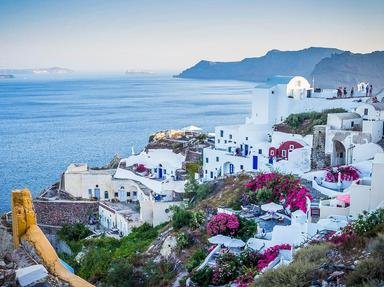
Place the City - Europe [2] Trivia Quiz
So you're a geography nut, eh? Well let's see if you can identify where these ten places are on a European map. Good luck!
A label quiz
by kyleisalive.
Estimated time: 4 mins.
- Home
- »
- Quizzes
- »
- Geography Trivia
- »
- Europe
- »
- Europe - Cities
